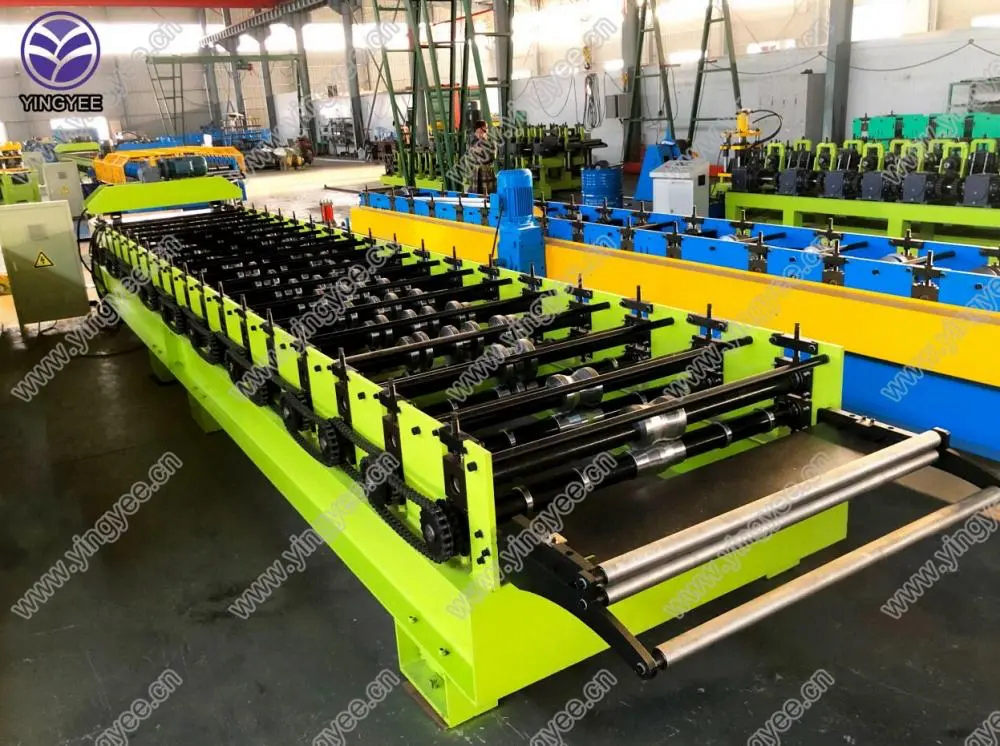
Understanding Long Span Roll Forming Machines
Long span roll forming machines are specialized industrial equipment used to manufacture long and continuous metal profiles. These machines play a crucial role in various industries, including construction, automotive, and manufacturing. This article delves into the importance, working principles, and applications of long span roll forming machines.
What is Roll Forming?
Roll forming is a continuous bending operation in which a long strip of metal, often coiled steel, passes through a series of rollers. These rollers gradually shape the metal into the desired cross-sectional profile while maintaining the material's integrity. The process is well-suited for the production of long sections with uniform cross-sections, which are essential in different structural applications.
Features of Long Span Roll Forming Machines
Long span roll forming machines are characterized by specific features that enable them to produce long metal sections effectively. Key features include
1. Robust Construction These machines are designed to handle heavy-duty materials and are equipped with strong frames to endure the stresses involved in the roll forming process.
2. High Precision Advanced technology and precise alignment mechanisms allow these machines to produce components with tight tolerances, ensuring that the finished products meet industry standards.
3. Speed and Efficiency Long span roll forming machines operate at high speeds, increasing production rates and reducing labor costs. They can produce extensive lengths in one continuous operation, minimizing the need for welding or joining multiple sections.
4. Flexibility Many machines come with adjustable tooling and configurations, allowing manufacturers to create various profiles without the need for significant retooling. This adaptability is essential in catering to diverse customer needs.

Working Principles
The operation of a long span roll forming machine begins with loading a coil of metal sheet onto the uncoiler. As the strip feeds into the machine, it passes through a series of rollers, each progressively shaping the metal until it reaches the final profile. During this process, the metal undergoes bending, folding, and curving based on the design requirements.
Some machines are also equipped with additional features such as hydraulic shearing systems for cutting the profiles to length and automated systems for stacking the finished products. The synchronization of all components ensures a seamless production process.
Applications of Long Span Roll Forming Machines
Long span roll forming machines find applications in various sectors due to their ability to produce durable and lightweight metal components. Some common applications include
1. Construction In the construction industry, these machines are used to create roofing sheets, wall panels, and structural components such as purlins and z-profiles. Building projects benefit from the durability and efficiency of roll-formed materials.
2. Automotive The automotive industry utilizes long span roll forming machines to manufacture components like reinforcements, chassis parts, and exterior trims. The precision and strength of the produced parts contribute to overall vehicle performance and safety.
3. Manufacturing Many manufacturers rely on roll-formed products for machinery frames, racks, and supports. The customizability of profiles allows for tailored solutions in diverse manufacturing settings.
Conclusion
Long span roll forming machines are vital tools in modern manufacturing that enable the creation of high-quality metal components tailored to specific needs. Their robust design, efficiency, and versatility make them indispensable in various industrial applications. As technology advances, the capabilities of these machines continue to evolve, leading to enhanced performance and broader applications across multiple sectors. For businesses looking to optimize production and improve product quality, investment in long span roll forming technology is a strategic choice that can yield substantial returns.